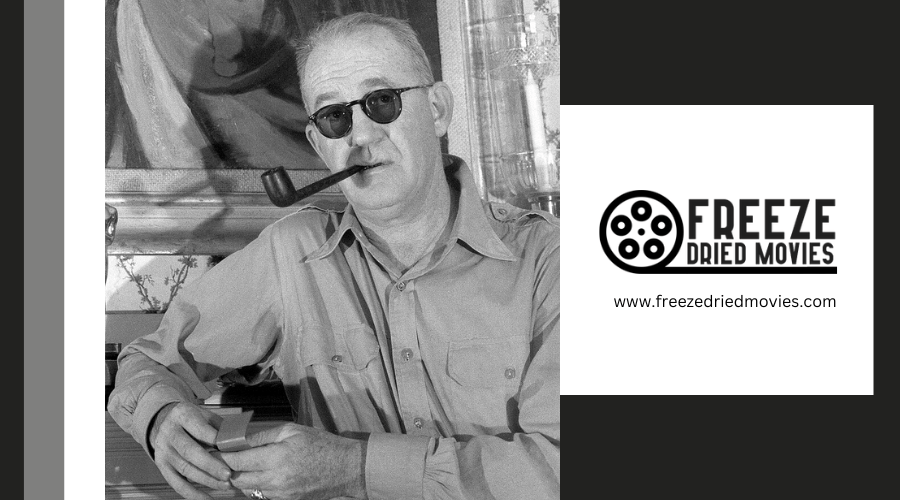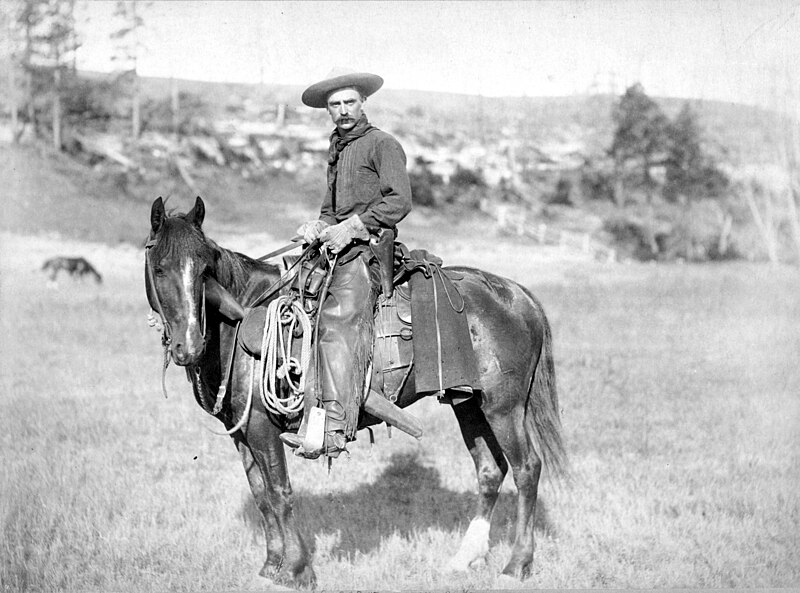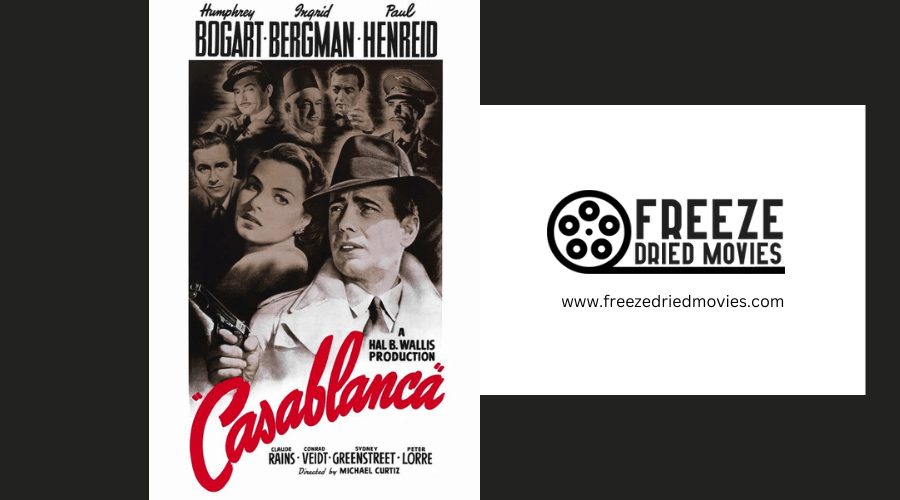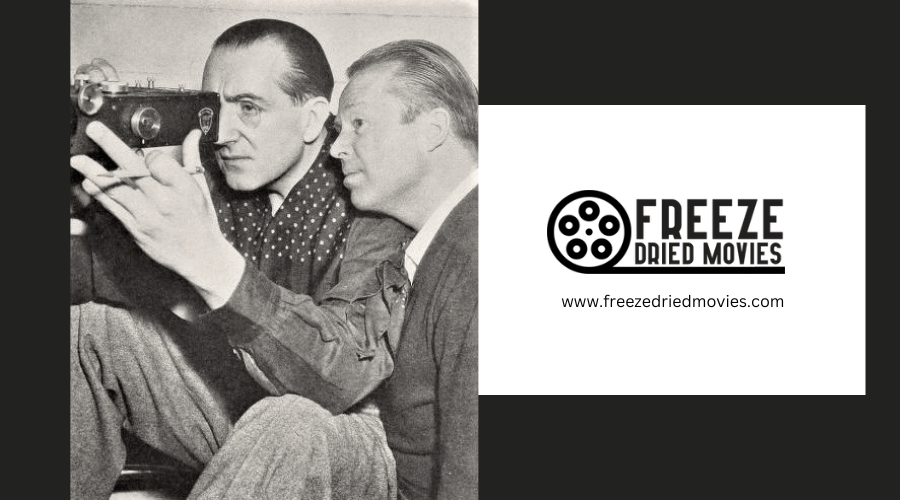How Did 1940s Westerns Reflect American Values of the Time?

In the 1940s, Western films often reflected American values of rugged individualism, with characters portraying self-reliance and perseverance in the untamed West. These heroes, depicted by directors such as John Ford, embodied the pioneering spirit and independence that resonated with American audiences.
The films clearly distinguished between good and evil, reinforcing values of justice, duty, and morality, and often portrayed heroes advocating for the oppressed. Additionally, these movies mirrored the social hierarchies and gender roles of the time, idealizing a specific way of life and reinforcing conservative values through their narratives.
This analysis highlights how Westerns of the 1940s are deeply interwoven with the cultural norms and values of that era.
Depiction of Rugged Individualism
Many 1940s Western films portrayed characters epitomizing rugged individualism, utilizing their skills and determination to overcome significant challenges. Directors like John Ford adeptly captured this ethos against the vast American West landscapes, narrating stories of self-reliant heroes such as lone cowboys or steadfast settlers who thrived on their ingenuity and perseverance. These characters not only survived but excelled, embodying the pioneering spirit of the American frontier.
These films resonated with American values of independence and self-sufficiency, particularly poignant during a period of post-war recovery and economic rebuilding. The portrayal of rugged individualism in these narratives reinforced the national belief in the power of personal resolve and hard work.
The American cowboy became an emblem of freedom, courage, and innovation, symbolizing the essence of personal agency and resilience. These qualities are celebrated as fundamentally American, both historically and in contemporary culture. Through these stories, the cowboy remains a powerful icon of American identity, illustrating the enduring appeal of characters who forge their paths against all odds.
Portrayal of Justice and Morality
In the 1940s, Western films clearly delineated the concepts of good and evil, reflecting the American values of justice and morality prevalent at the time. Heroes in these films demonstrated virtues of righteousness and honor, not merely engaging in personal battles but advocating for the rights of the innocent and oppressed.
The portrayal of these protagonists as moral exemplars contrasted sharply with their villainous counterparts, served not only to engage audiences but also to reinforce the binary moral framework dominant in American society. Themes such as redemption and duty were integral, mirroring societal values where justice was paramount and the virtuous were expected to triumph.
In these narratives, figures of law enforcement and justice weren't peripheral but central, tasked with maintaining societal order and moral integrity. The resolution of conflicts in these films typically reaffirmed a moral equilibrium, echoing the American ethos of fairness and the expectation of justice.
Thus, 1940s Westerns offer more than entertainment; they provide insight into the moral principles of the era, where the pursuit of justice was both a narrative and a societal ideal.
Influence of the Frontier Spirit
The frontier spirit profoundly shaped American identity, as depicted in 1940s Western films. These movies not only provided entertainment but also played a pivotal role in reinforcing key American values through their narratives and characterizations.
- Self-reliance and Individualism: The theme of self-reliance was central to the portrayal of characters in these films. Characters typically handled challenges independently, reflecting the American ethos of individualism and self-sufficiency.
- Resilience in the Face of Adversity: The protagonists were often depicted as resilient, overcoming significant obstacles. This resilience is emblematic of the American spirit and the expectation of fortitude in the face of hardships.
- Community Building: The films extended beyond individual struggles, showing characters engaged in building cohesive communities. This highlights the American value of collective effort and progress, emphasizing the importance of social cooperation.
- Conquest and Exploration: A recurring theme in these Westerns was the drive towards exploration and conquest, mirroring the historical American spirit of expansion and the concept of manifest destiny.
Through their focus on self-reliance, resilience, community building, and exploration, 1940s Westerns effectively reinforced and celebrated the enduring values associated with the American frontier spirit.
Representation of Gender Roles
1940s Westerns, while celebrating American frontier values, also showcased traditional gender roles, consistently depicting women primarily as either damsels in distress or supportive side characters. In these films, women's roles were often limited to nurturing figures or subjects needing rescue, seldom taking center stage in the narrative unless their role involved a relationship with a male character. This representation not only narrowed the portrayal of female characters but also reinforced societal expectations that women should be dependent and secondary to men.

In these movies, women were mostly portrayed as wives or love interests, rarely holding positions of power or independence. Such portrayals reflected and upheld the conservative values of the era, where men were viewed as protectors and decision-makers. This alignment of film content with the societal norms of 1940s America reinforced the then-prevalent gender roles, positioning women primarily as homemakers and caregivers.
Thus, 1940s Westerns served not only as entertainment but also as a potent medium for perpetuating gender stereotypes. These films subtly educated audiences on perceived feminine roles and behaviors, significantly shaping public perceptions of gender during a period of American identity and value formation.
Reflection of Social Hierarchies
The 1940s Western films were a cultural reflection of American social hierarchies, portraying white settlers in a dominant role over Native Americans, consistent with the era's narrative of manifest destiny. These films served not only as entertainment but also as vehicles for reinforcing American societal values and structures.
Key themes include:
- Manifest Destiny: The films justified the westward expansion as a preordained right, depicting Native Americans as barriers to progress rather than as legitimate landowners.
- Gender Roles: Women were generally cast in supportive roles to male protagonists, reinforcing the societal norm of male dominance in decision-making and protection.
- Law and Order: The portrayal of lawmen and outlaws created a clear moral binary, stressing the importance of adhering to societal norms and maintaining order.
- Rugged Individualism: The characters exemplified the ideal of self-reliance and individualism, overcoming challenges independently and forging personal paths.
These thematic elements weren't merely coincidental but were crafted to promote a romanticized view of American expansion and its inherent social hierarchies, all within the context of cinema.
Impact of Historical Context
The historical context of the 1940s significantly influenced the themes and narratives of Western films during that period. The impact of World War II on American culture was profound, extending its influence into the realm of cinema, particularly within the Western genre. These films not only provided entertainment but also reflected the dominant sentiments of the era—patriotism, justice, and the triumph of good over evil.
Western films of the 1940s typically portrayed a stark contrast between good and evil, mirroring the black-and-white morality that resonated with American society during and following the war. This narrative simplicity catered to the public's craving for moral clarity in a chaotic global landscape. Themes such as Manifest Destiny and the conquest of the wilderness were metaphorically aligned with America's efforts to overcome and succeed in the face of worldwide conflicts.
The table below illustrates how these themes corresponded with broader American values:
| Theme in Westerns | Reflection in American Culture |
|---|---|
| Good vs. Evil | Moral clarity and certainty |
| Justice and Honor | Ideals of fairness and integrity |
| American Dream | Pursuit of prosperity and security |
| Manifest Destiny | The notion of rightful expansion |
| Heroism | National pride and courage |
This alignment of film themes with cultural values not only reinforced the societal norms of the time but also facilitated a shared cultural narrative that promoted national unity and identity.
Conclusion
1940s Westerns effectively reflected and reinforced key American values of the era, such as rugged individualism and a robust sense of justice, aligning with the frontier spirit idealized in American culture.
These films not only portrayed traditional gender roles but also upheld the social hierarchies prevalent at the time.
Through their narratives and character portrayals, these Westerns both entertained and subtly shaped the cultural norms and aspirations of American society, making them a significant medium for cultural expression and influence during that period.




